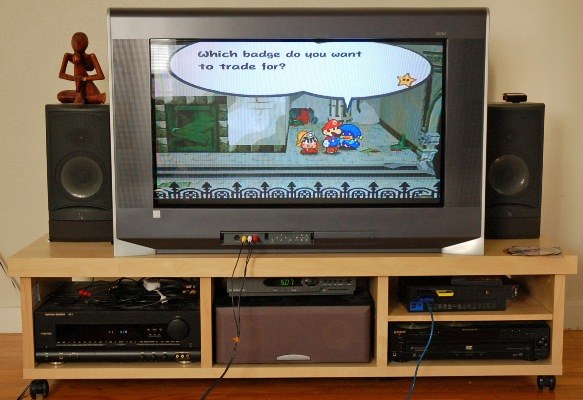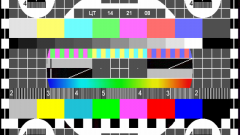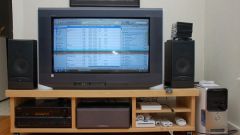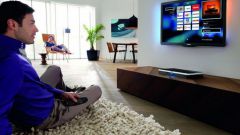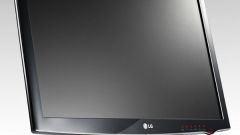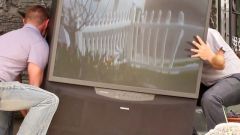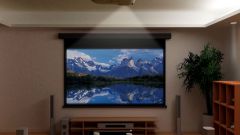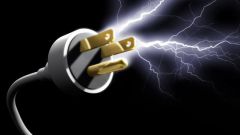You will need
- - screwdriver under the cross;
- tester (multimeter);
- - soldering iron and solder;
Instruction
1
You turn on the TV, but he does not respond to your manipulation. The light indicator does not illuminate, television receiver shows no signs of life. In this case, first make sure that the TV is powered on. Measure with a tester the voltage at the outlet. If it is, check the power cord to the power supply and the power button, for this you need to remove the back cover of the TV.
2
If the voltage supplied to the power supply, check the output voltage, they should correspond to those on the concept. Because the TV is typically not included, find it on the Internet by typing the exact name of your TV receiver.
3
Removing the cover of the TV, conduct a visual inspection. Look for burnt or darkened parts, inspect the reverse side of the printed circuit boards – sometimes due to accumulated dust, there is a short between the tracks. If found burnt parts, replace them with serviceable. In that case, if the damage details do not allow to consider a marking, view the required data on the concept.
4
When the circuit between the conductors, strip the charred area of the Board before the advent of clean plastic. If damaged traces, restore them, solder the pigtails of the correct length. Do everything carefully and accurately, paying attention to the appearance of the repair area. That looks nice and solidly, and usually works well.
5
In that case, if a visual inspection reveals no obvious damage, check the voltage at the output of the power supply, focusing on the data of the concept. All voltages must comply with the stated permissible only slight variations. If some there is no voltage or faulty power supply, or a fault is on one of the other consumers of this voltage.
6
To check, disconnect the output of this voltage, pulling the appropriate connector. If the new measurement shows that the output voltage is still there, defective power supply. Look at the diagram of the elements responsible for the formation of a given voltage. Are usually faulty electrolytic capacitors. Sometimes they can be identified visually by the characteristic swelling in the upper part – the tip of the condenser is not flat, but convex. Replace the faulty capacitor is the same.
7
If the power supply is healthy, and all voltages are consistent with the stated, the power indicator lights up but no picture, check the block scan. Pay attention to whether the voltage at the anode of the kinescope, its presence is easily determined by the characteristic of cod at the time of inclusion. Check the voltage on the test points, generally on the concept. In the absence of these voltages or their significant deviation look for the cause by checking the nearby radio. The LCD screen Troubleshooting also start with the control of supply voltages.
8
If no image try to signal with the DVD player. If the TV normally plays an external signal, look for a fault in the tuner unit, responsible for receiving and processing a television signal. Pre-check antenna, receiver (if the TV signal from the satellite). Proceed to Troubleshooting in the TV only after make sure that all outdoor items are OK.
Note
During the repair of the TV, observe safety precautions. Remember that the anode of the CRT there is high voltage dangerous to life. Replacement parts spend only when disconnected from the network TV.
